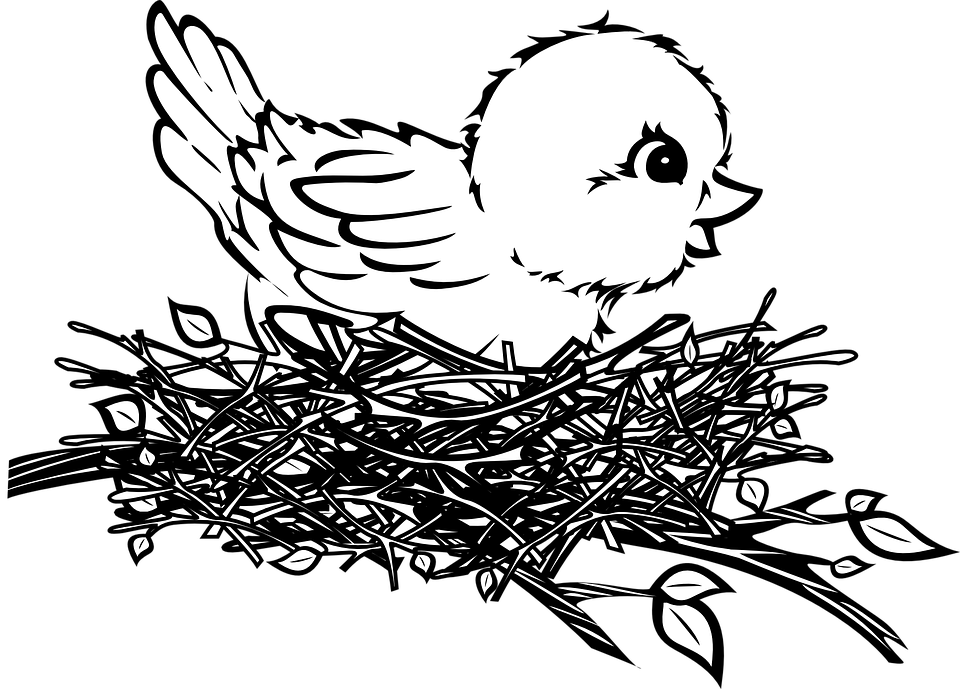Project ID: plumID:21.036
Source: DHH1N_sampling/BEMD/CV3/plumed.2.dat
Originally used with PLUMED version: 2.5.2
Stable: zipped raw stdout - zipped raw stderr - stderr
Master: zipped raw stdout - zipped raw stderr - stderr
#RESTART
MOLINFOThis command is used to provide information on the molecules that are present in your system. More details STRUCTUREa file in pdb format containing a reference structure=Protein.pdb MOLTYPE what kind of molecule is contained in the pdb file - usually not needed since protein/RNA/DNA are compatible=protein WHOLEMOLECULESThis action is used to rebuild molecules that can become split by the periodic boundary conditions. More details ENTITY0the atoms that make up a molecule that you wish to align=1-709 RANDOM_EXCHANGESSet random pattern for exchanges. More details
h1: GROUPDefine a group of atoms so that a particular list of atoms can be referenced with a single label in definitions of CVs or virtual atoms. More details ATOMSthe numerical indexes for the set of atoms in the group=11,22,41,55,69,83,103,117,131,145,159,173,184,198,212,224,243,255,279,291,315,337,351,361,380,393,427,449,471,483,497,535,552,566,578,590,606,625,639,653,675,682 o1: GROUPDefine a group of atoms so that a particular list of atoms can be referenced with a single label in definitions of CVs or virtual atoms. More details ATOMSthe numerical indexes for the set of atoms in the group=20,39,53,67,81,101,115,129,143,157,171,182,196,210,222,241,253,277,289,313,335,349,359,378,392,411,447,469,481,495,519,550,564,576,588,604,623,637,651,673,680,694 cv3: COORDINATIONCalculate coordination numbers. More details GROUPAFirst list of atoms=h1 GROUPBSecond list of atoms (if empty, N*(N-1)/2 pairs in GROUPA are counted)=o1 R_0The r_0 parameter of the switching function=0.20 NN The n parameter of the switching function =8 MM The m parameter of the switching function; 0 implies 2*NN=10 PAIR Pair only 1st element of the 1st group with 1st element in the second, etc NOPBC ignore the periodic boundary conditions when calculating distances NLIST Use a neighbor list to speed up the calculation NL_CUTOFFThe cutoff for the neighbor list=3.0 NL_STRIDEThe frequency with which we are updating the atoms in the neighbor list=5 uwall: UPPER_WALLSDefines a wall for the value of one or more collective variables, More details ARGthe arguments on which the bias is acting=cv3 ATthe positions of the wall=25.0 KAPPAthe force constant for the wall=30.0 lwall: LOWER_WALLSDefines a wall for the value of one or more collective variables, More details ARGthe arguments on which the bias is acting=cv3 ATthe positions of the wall=12.0 KAPPAthe force constant for the wall=30.0 metad: METADUsed to performed metadynamics on one or more collective variables. More details ARGthe labels of the scalars on which the bias will act=cv3 PACEthe frequency for hill addition=2500 HEIGHTthe heights of the Gaussian hills=0.3 SIGMAthe widths of the Gaussian hills=0.5 FILE a file in which the list of added hills is stored=HILLS GRID_MINthe lower bounds for the grid=0.0 GRID_MAXthe upper bounds for the grid=46.0 GRID_SPACINGthe approximate grid spacing (to be used as an alternative or together with GRID_BIN)=0.1 PRINTPrint quantities to a file. More details STRIDE the frequency with which the quantities of interest should be output=10 FILEthe name of the file on which to output these quantities=COLVAR ARGthe labels of the values that you would like to print to the file=cv3,metad.bias,uwall.bias,lwall.bias #PRINT STRIDE=10 FILE=COLVAR ARG=cv3,metad.bias


